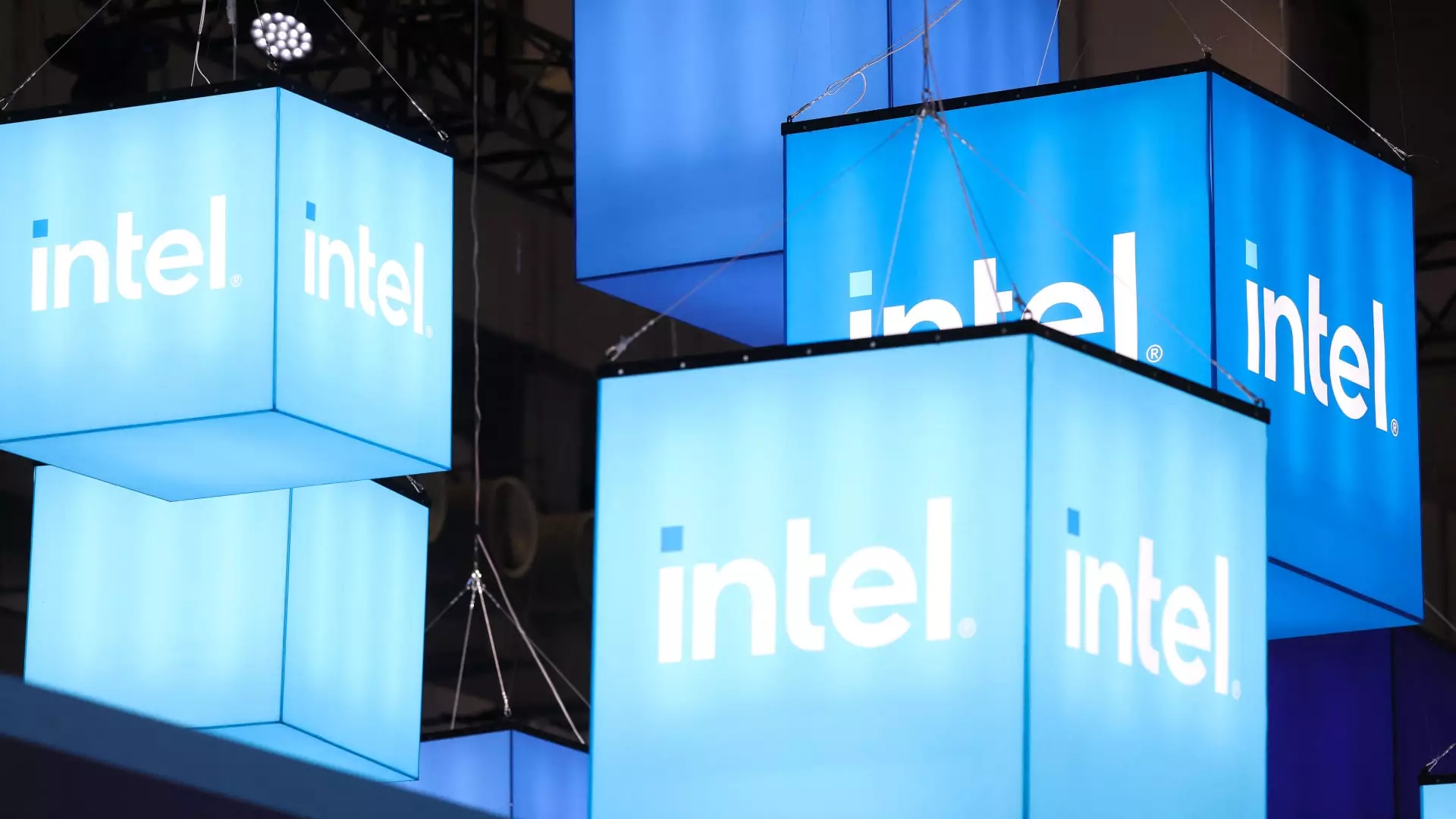The competitive landscape of the semiconductor industry has been evolving at a breathtaking pace, with Intel, once a dominant force, now facing significant challenges. Recent reports have unveiled that both Taiwan Semiconductor Manufacturing Company (TSMC) and Broadcom are exploring potential transactions that could fundamentally reshape Intel’s structure. These discussions indicate a critical juncture not only for Intel but also for the broader semiconductor market. As the largest contract chipmaker globally, TSMC’s interest highlights its ambition, while Broadcom’s maneuverings suggest a strategic assessment of its future within the industry.
Broadcom appears particularly focused on Intel’s chip design and marketing operations. Discussions have been held regarding a possible acquisition bid, with the condition that Broadcom secures a partner for Intel’s manufacturing segment. This indicates a cautious yet strategic approach by Broadcom, as it weighs the risks and rewards of such a significant investment. Having a potential manufacturing partner illustrates a strategic awareness that the semiconductor industry thrives on collaborations and shared capabilities, particularly in the high-stake environment that Intel currently navigates.
On the other hand, TSMC’s interest in controlling Intel’s manufacturing facilities introduces another layer of complexity. With its substantial market valuation and a well-established reputation for excellence, TSMC sees value in Intel’s manufacturing prowess. The possibilities of forming an investor consortium or pursuing similar structures present TSMC not only with avenues for growth but also with opportunities to influence Intel’s strategic direction. Given TSMC’s existing relationships with major players like Nvidia and AMD, their investment could shift industry dynamics, impacting competition and collaboration within the sector.
Intel’s situation is further complicated by geopolitical considerations, particularly those linked to U.S. national security. With the Trump administration’s hesitations about foreign entities operating critical U.S. chipmaking facilities, the discussions surrounding potential deals are straddling a line fraught with uncertainty. There is an evident tension between welcoming foreign investment and protecting national interests, a balancing act that could influence the outcomes of these negotiations. Frank Yeary, Intel’s interim executive chairman, has recognized this predicament, emphasizing shareholder value while navigating the political landscape that focuses on securing U.S. technological independence.
The Impact of Leadership Changes
Examining the broader implications of leadership changes at Intel also adds depth to this discussion. The ousting of former CEO Pat Gelsinger, who had set ambitious goals for the company, highlights the internal challenges Intel is grappling with. Under his leadership, expectations rose regarding advancements in manufacturing and AI, but the subsequent failure to meet these benchmarks has weakened Intel’s market position. With stock values plummeting by approximately 60% over the last year, the company confronts a harsh reality where workforce reductions and financial strain have become necessary strategies for survival.
The semiconductor field is not just about manufacturing; it involves continuous innovation and adaptation to market needs. Intel has found itself at a crossroads, needing to fortify its operations while remaining competitive against not only TSMC and Broadcom but also emerging players in the AI domain. The ongoing discussions and potential partnerships reveal a critical need for strategic pivots that could redefine Intel’s path in an increasingly interdependent global market.
As Intel navigates these potential partnerships and the complexities surrounding them, the future remains uncertain. The interplay of competitive forces, leadership decisions, and geopolitical factors will inform the trajectory of Intel and its rivals. For stakeholders closely monitoring the situation, Intel’s strategic decisions will be pivotal not just for the company’s survival but for the stability and evolution of the semiconductor industry at large. Whether through partnerships with TSMC or Broadcom or a reevaluation of its current strategy, Intel stands at a crucial juncture that will shape its future and the landscape of technology in profound ways.

Leave a Reply